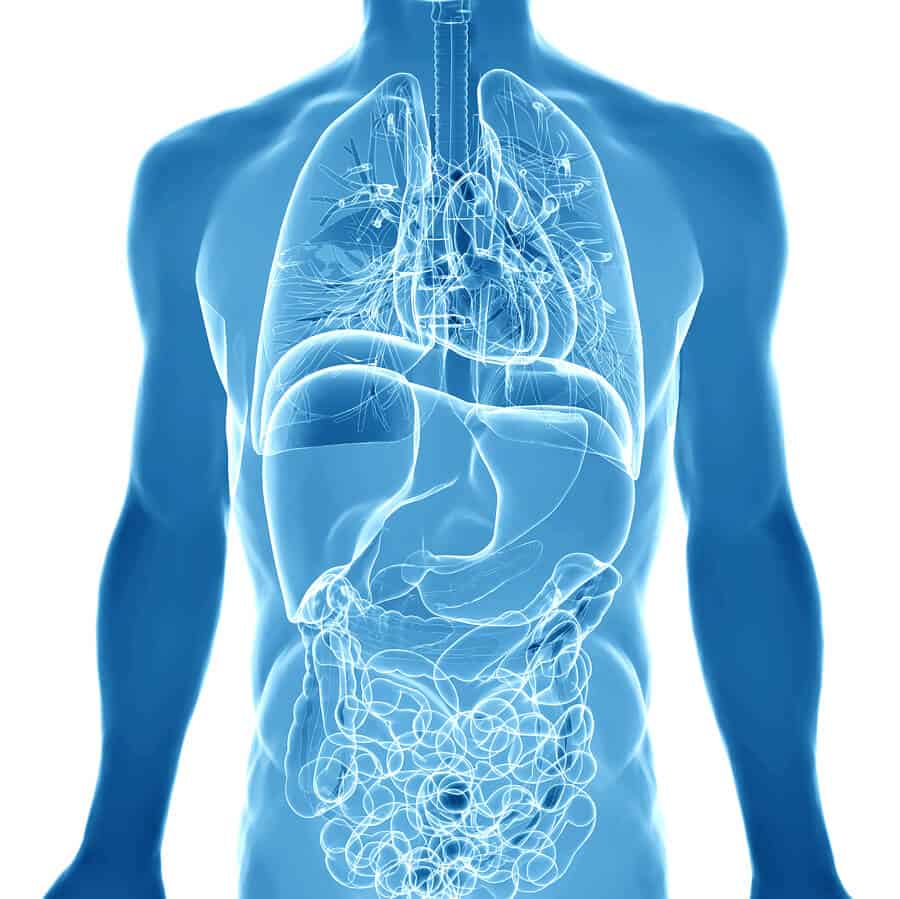My background is in playwrighting and screenwriting, so I tend to adopt liberally from their jargon. For example, the three-act structure serves both mediums very well. Let’s step through the anatomy of a story. I’ll put forth the elements in the traditional pattern, however, different storytelling techniques may arrange them in a different order or splice them up and salt them throughout the Acts.

Act 0: Backstory. This is before the story; what has happened to build your characters into who they are at the rise of action? Was the conflict sown before the story? You may never include any of this in the story, but it does have influence.
Act 1: The Beginning. Start as late into the story as you can, pare off as much backstory as possible. Several things happen here:
- Characters are established, and your main character or ensemble group is introduced.
- Status Quo is established. What are the characters’ “normal” We have to know what this is to recognize disruption to it.
- Motivations are established. What do your characters want? “Want” establishes conflict.
- Establishes the starting point of the hero’s arc.
- The inciting incident. What gets the action moving? Why can’t the hero simply refuse to participate? This is vitally important. Your hero has to be completely committed with no way out. The inciting incident disrupts the status quo. It segues into…
Act 2: The Middle. Sprinting through the desert at top speed, NEVER in a straight line. A lot can happen here:
- Welcome Discoveries: Things needed to achieve the goal.
- Unwelcome Discoveries: Hard things that shape the hero and further the arc of change.
- Betrayals: What the hero thought was true wasn’t; other characters who fall or betray the hero (partially, permanently, or temporarily, testing the hero’s trust, faith, and commitment).
- Defeats: In Indiana Jones, Indy fails time and time again. We love him because he keeps going.
- Reversals: Snatching defeat from the jaws of success.
The bulk of the hero’s arc is created in act two. He/she is changed, and in fact, the change is required to win. Once the pieces are assembled:
Act 3: The End. The hero realizes he’s changed, and the arc is complete. Now the villain/conflict must be defeated/resolved (or the hero realizes during the final battle, or just after). A new status quo emerges or is implied (or a series is set up with a bit of unresolved conflict, making conflict the new normal).
In the first act, we meet the hero. In the second act, we try to kill him. In the third act, proving unkillable, the hero wins.
I cast this as a hero/villain story, but they all are, so if you think this doesn’t apply to you, it does. The choices you make within this structure is what makes your story compelling. Perhaps you want to jump over the cliff to open your story. Fine, at least some flashback or exposition covers the content of Act 1.
Does this fit your story? Why not?

I think you need to compile this month’s posts (or more) into a book. Do you know anyone who could publish such a thing? I’m really enjoying the daily tutorial.
LikeLike
Laughing at Bonnie’s comment! 🙂 I wonder who would publish it. I just bookmarked this post. It really helps me understand books I have read and movies I’ve seen. I just finished a series of novels I hated to see end. And after about the 3rd book, I so, I kept wondering how the author knew some of the surprising things her characters would do. I knew the backstories, but they still managed to surprise me. And there was one character, who seemed to change so profoundly, I didn’t understand how that matched the way I saw her. But eventually, I got it, and was so impressed at what the other had done with the character 4 or 5 books in. If I ever do learn how to write fiction the way the author did or similar ones do, that is exactly the kind of mega series I’d want to write.
LikeLike
I’m more of a five act guy.
LikeLike
That’s the impact of television (half-hour shows anyway, 9 to 12 acts for hour length shows).
LikeLike
As I was reading your post – I think every action/murder/thriller book I’ve ever read came into my mind.
LikeLike